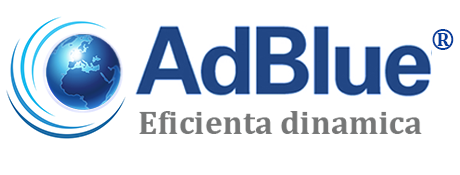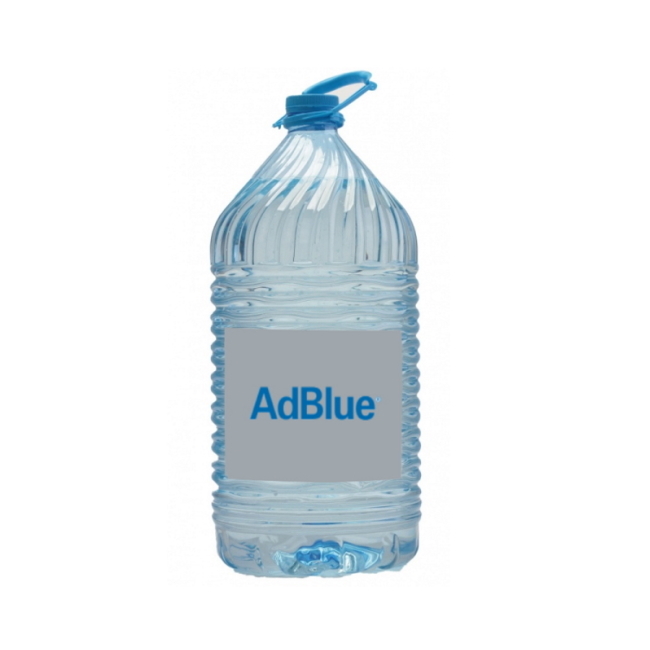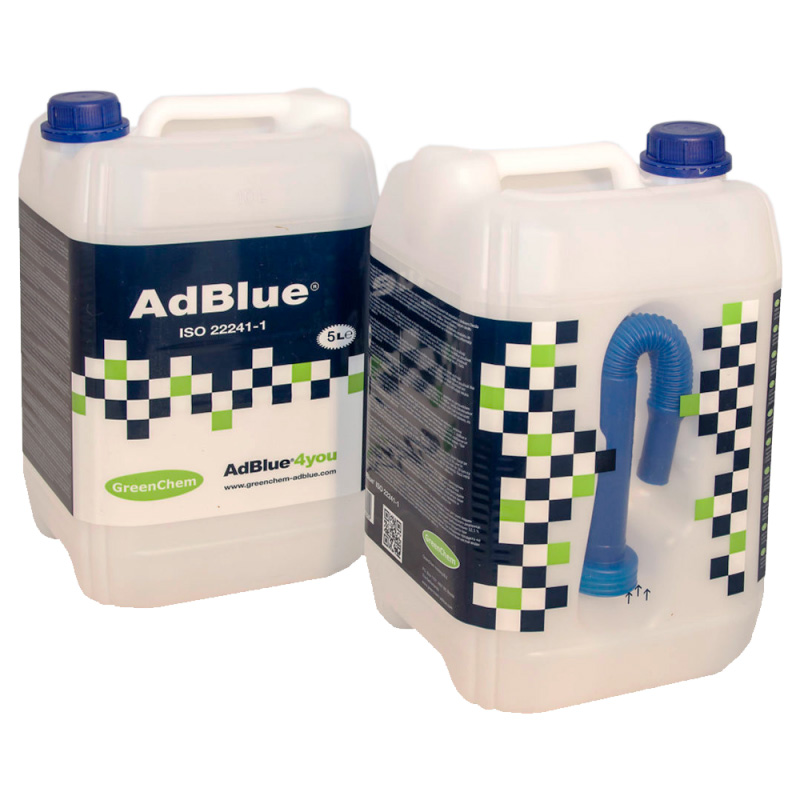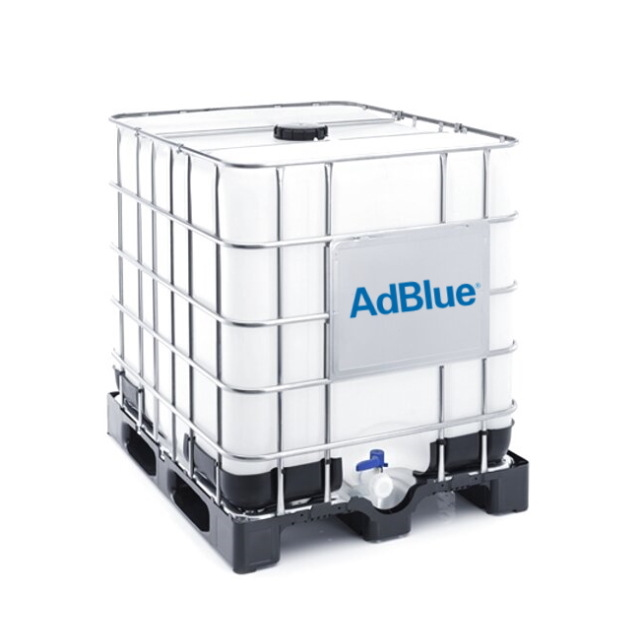AdBlue® is a solution compatible with Diesel engine Euro IV,V and VI, which contains demineralized water and urea CO(NH2)2 with a concentration of 31.8%- 33.2%
( according to the ISO 22241-1 International Standard) and it is useful for the majority of vehicles and agricultural equipment.
AdBlue® is no fuel, neither an additive and it is not mixed with the gas, but it must be injected into the evacuation system in order to reduce the pollution. It is a key product for all vehicles using the SCR Technology( Selective Catalytic Reduction) which reduces the toxic emissions, especially the nitrogen oxides with almost 80%.
The AdBlue® consumption is around 3-5 liter per 100 liter of gas ( for Euro V) and around 6-9 liter (for Euro VI).
It is an ecological liquid, non-toxic, biodegradable, safe and easy to manipulate.
This solution is chemically stable, with a point of freeze at -11 °C and the optimal storage temperature of 25°C, without direct sunlight exposure.
Moreover, by using a high quality, certified AdBlue® you can have additional advantages as the fuel consumption reduction with almost 5%.
The advantages of using AdBlue®
The advantages of using AdBlue®
AdBlue® reduces the fuel consumption up to 5%.
By using a high quality, certified AdBlue® you can have additional advantages as the fuel consumption reduction with almost 5%.
This process has 2 stages: the particles elimination and reduction of nitrogen oxides
News
___________
Articles
___________
Products
___________
Contact
___________
Program:
Monday - Friday
09.00 - 18.00
Saturday
09.00 - 14.00




